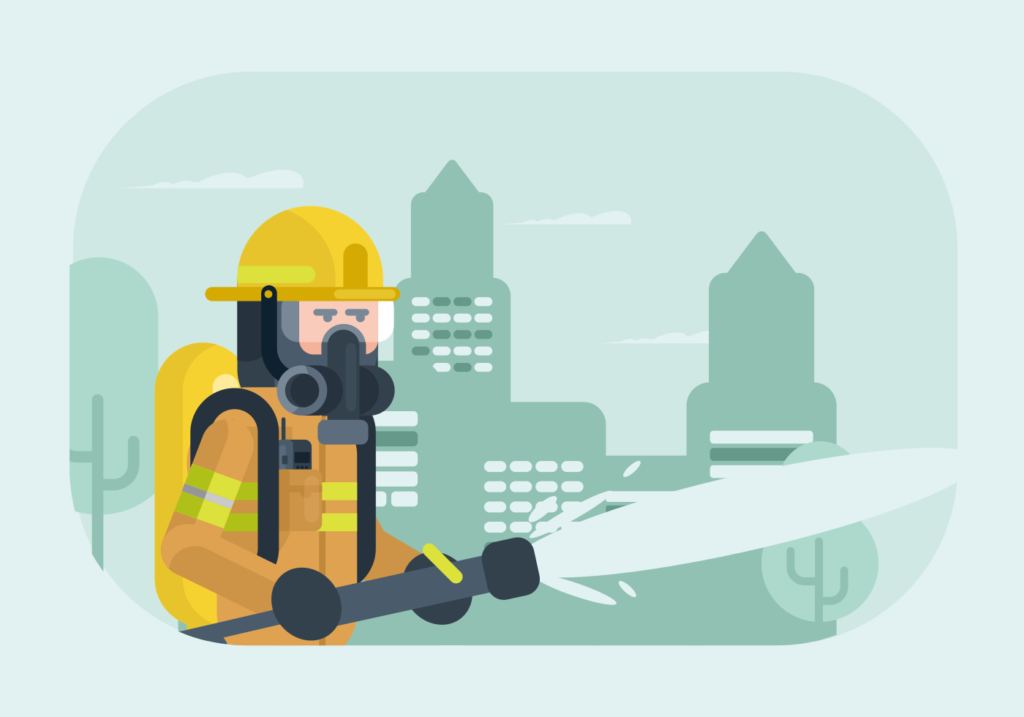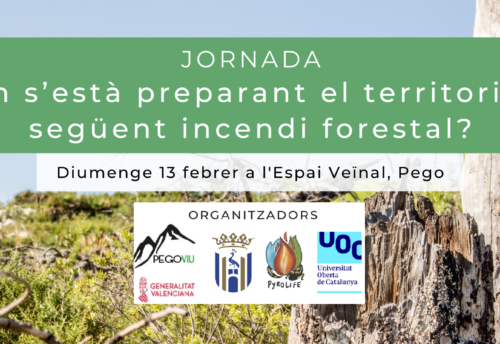
Traditionally, in the fire field – listening to the term “community vulnerable to fire” makes us think of a wildland-urban interface (WUI) with wooden houses and a lot of highly flammable trees in a fire-prone area. However, the more Social Science we bring on board to the forest fire debate, the more we realize how narrow that vision is.
There is a biophysical component to vulnerability, of course, but there are other economic and especially social considerations that are very often not taken into account.
The Hyogo Framework for Action defines vulnerability as: “The conditions determined by physical, social, economic and environmental factors or processes, which increase the susceptibility of a community to the impact of hazards”.

Therefore, a community that is economically deprived will be more vulnerable that a wealthy one, even if both sit on an area with equal biophysical risk. Similarly, marginalized groups will be impacted on a much more severe way than those that are not.
For example, firefighting services will take longer to reach the places where they live. All of these different variables are, however very much connected. Therefore, in the context of this new paradigm in which we want to live of “coexisting with fire”, it is our responsibility to ensure that when we aim at reducing community vulnerability, we pay attention not only to physical and environmental factors, but also to socioeconomic ones. And even more important; We also need to take into account that the linkage between this socioeconomic factors and vulnerability before wildfires could very well be, at first sight, not obvious.


Leave a Reply